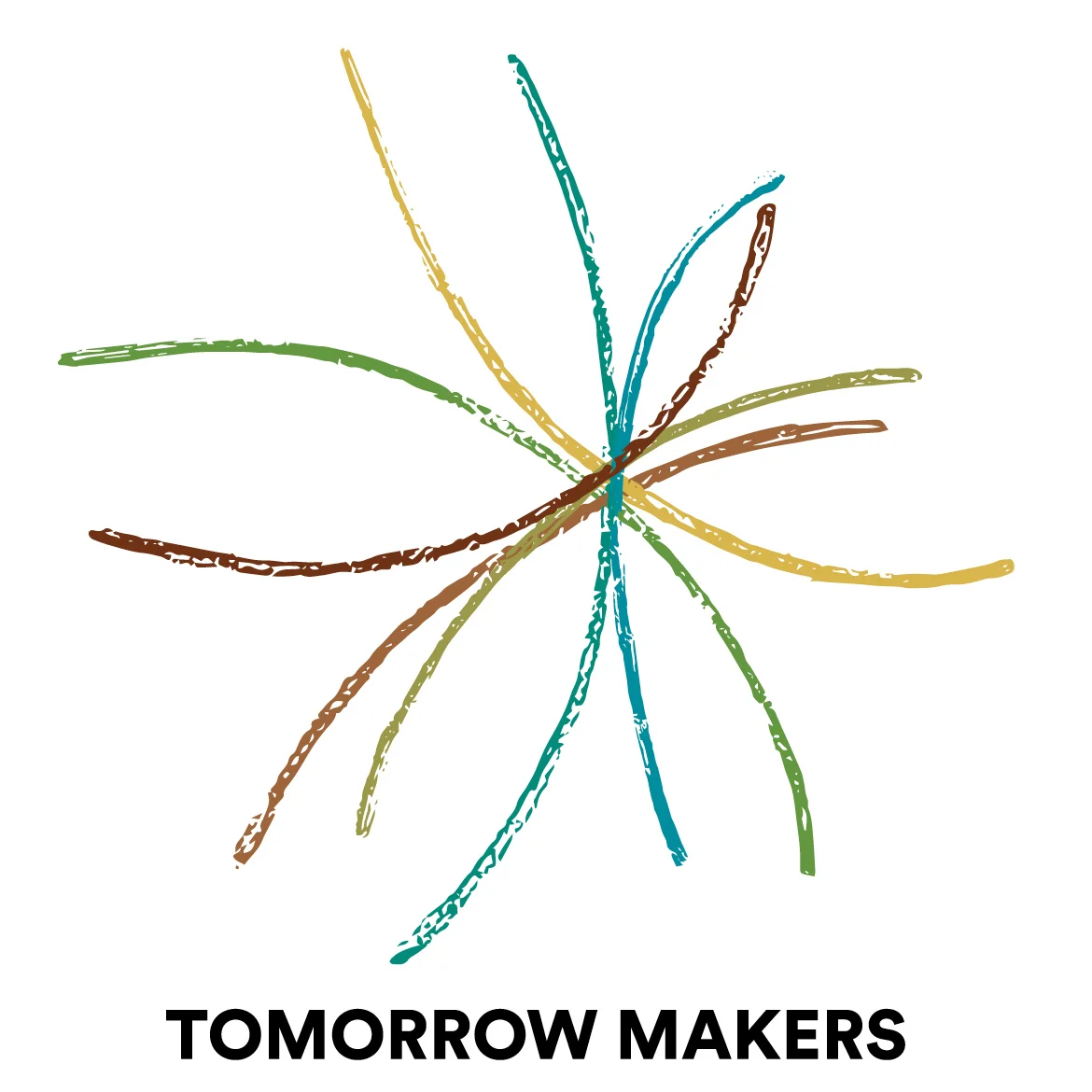Galumphing
/"Anthropologists have found 'galumphing' to be one of the prime talents that characterize higher life forms. Galumphing is the immaculately rambunctious and seemingly inexhaustible play-energy apparent in puppies, kittens, children, baby baboons - and also in young communities and civilizations. Galumphing is the seemingly useless elaboration and ornamentation of activity. It is profligate, excessive, exaggerated, uneconomical... In the higher animals and in people, it is of supreme evolutionary value."
Free Play: Improvisation in Life and Art, by Stephen Nachmanovitch
Matt and I have long used the word 'galumph' to describe our cats racing through the house with a certain gait, or when they chase grasshoppers or snowflakes with a wild spirited abandon. However, this is the first time I have come across the meaning and context of the word. I think back to the organizations and communities that began with a galumphing. The Well, Wired Magazine, GBN, The Calvert Fund, The Whole Earth Catalog, the Open Source phenomenon, The Learning Exchange, MG Taylor Corporation, Architectz of Group Genius are a few that come to mind. Years after their origin - even though some are now deceased - the memory of them brings them back to life. They all galumphed themselves into being. Each brought delight to both the production and user communities. There was an eagerness to engage, to play, to build on the ideas.

